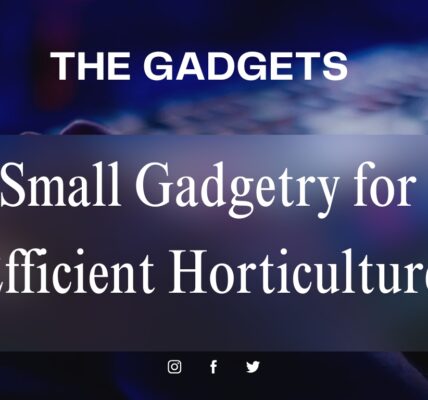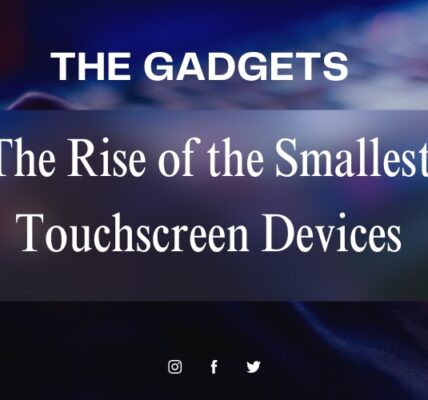Tiny Smart Locks and Entry Security: The Best Solutions for Small Spaces
As smart technology continues to become a part of daily life, one area seeing rapid innovation is home security, particularly with compact smart locks. Tiny smart locks offer the power of a full-featured lock in a small, sleek design ideal for those seeking security without the bulk. These devices fit perfectly in tiny homes, apartments, rental spaces, and even RVs. Let’s explore what makes tiny smart locks an excellent choice for entry security.
Why Choose Tiny Smart Locks?
- Space Efficiency
For homes or entryways with limited space, standard locks may feel bulky and intrusive. Tiny smart locks are designed with space in mind, making them easy to fit onto doors of all sizes. They are ideal for tiny homes, shared living spaces, or compact apartments. - Advanced Security Features in a Small Package
Tiny smart locks don’t skimp on features. Many include Wi-Fi and Bluetooth connectivity, real-time alerts, biometric access, voice control, and integration with smart home systems. Some models even offer tamper alarms, two-factor authentication, and other advanced features typically found in larger locks. - Remote Accessibility and Control
Control over who enters your space has never been easier. Most tiny smart locks allow remote access and monitoring through smartphone apps, so you can lock or unlock doors from anywhere. This feature is ideal for rentals or vacation homes, where property managers and guests may need temporary access. - Convenience and Automation
Many tiny smart locks integrate with popular smart home systems like Amazon Alexa, Google Assistant, and Apple HomeKit, enabling voice-controlled commands and seamless automation. Imagine your door locking automatically as you leave for work or unlocking when you approach with your smartphone. - Battery Life and Power Efficiency
Despite their small size, many tiny smart locks are designed with efficient power usage in mind. Some locks offer up to a year of battery life or more with regular use, and many models provide notifications when the battery is running low.
Popular Types of Tiny Smart Locks
- Biometric Smart Locks
These locks use fingerprint recognition, offering quick and secure access. Ideal for those who value the added security of biometric data. - Wi-Fi Enabled Smart Locks
Wi-Fi connectivity allows remote control and access through a mobile app. Users can check the lock status, lock or unlock the door, and get real-time notifications. - Bluetooth Smart Locks
Bluetooth-only locks are ideal for those who don’t require remote access but still want smart security features. They often use proximity-based unlocking, meaning they will automatically unlock when you’re within range. - Keypad-Based Smart Locks
Some compact locks also come with numeric keypads, allowing code-based access. This is particularly useful for shared spaces, where multiple users need easy entry.
Potential Considerations
- Installation Limitations
Tiny smart locks may require specific door measurements, and not all are compatible with every door type, so check compatibility before purchasing. - Security for High-Traffic Areas
While tiny smart locks are great for small spaces, they may not be ideal for high-traffic entryways due to the wear and tear on smaller mechanisms. - Power Source Dependability
Battery-powered models need regular maintenance, especially in high-use settings. Consider models with low-battery alerts to avoid unexpected lockouts.
The Future of Tiny Smart Locks
Tiny smart locks are evolving rapidly, offering more robust security, better integration with smart ecosystems, and user-friendly designs. For those in small or shared living spaces, tiny smart locks provide a balance of convenience, security, and design flexibility that larger locks often can’t match.

